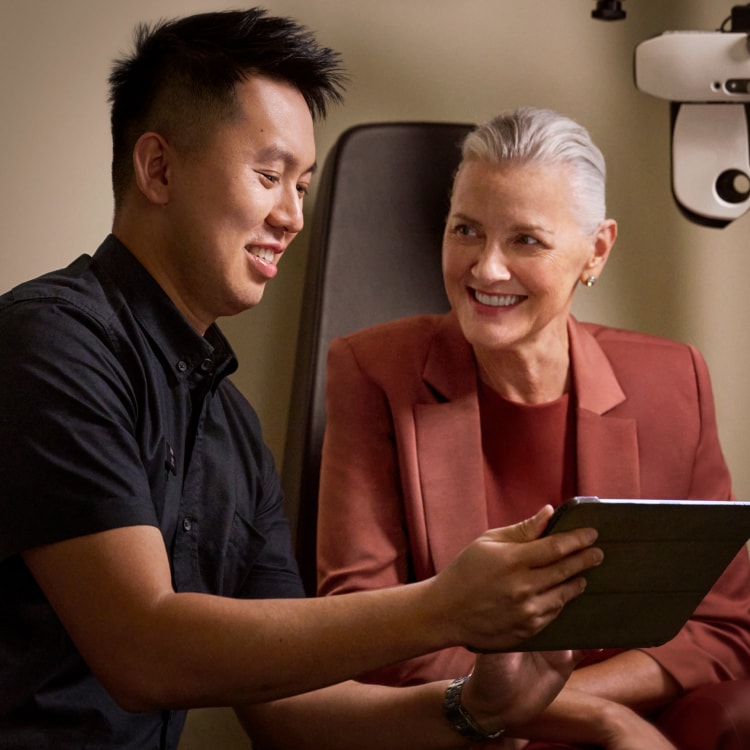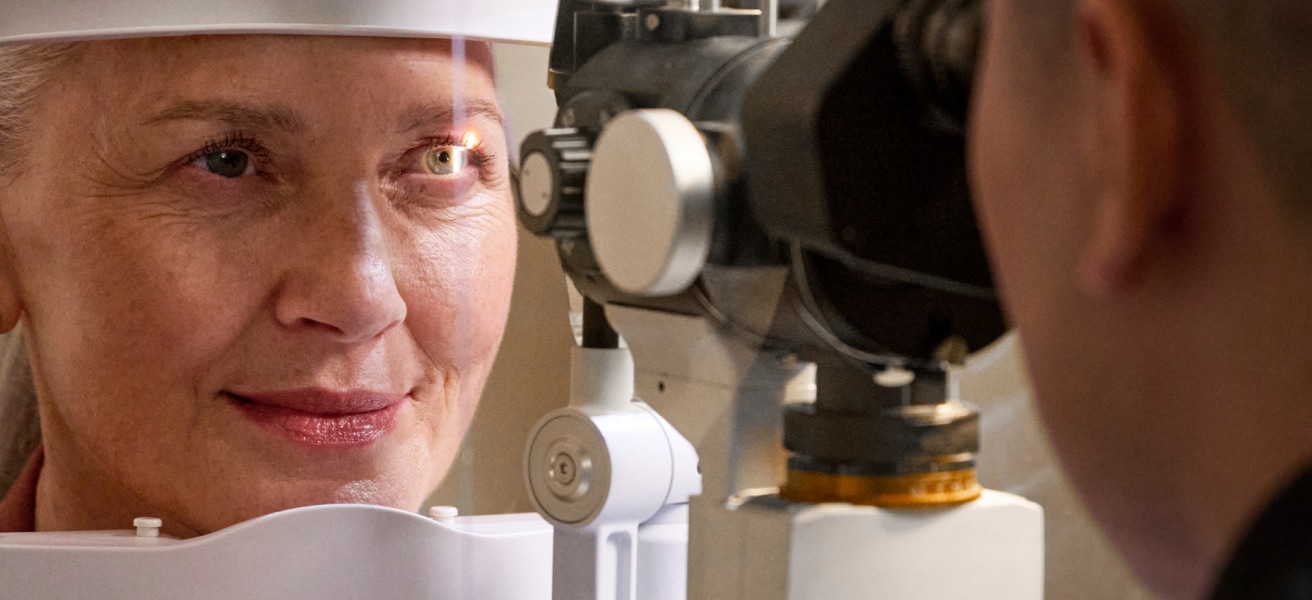Vision skills for success
Vision is more than just the ability to see clearly, or having 20/20 eyesight. It is also the ability to understand and respond to what is seen. Basic visual skills include the ability to focus the eyes, use both eyes together as a team, and move them effectively. Other visual perceptual skills include:
- Recognition the ability to tell the difference between letters like "b" and "d"
- Comprehension to "picture" in our mind what is happening in a story we are reading
- Retention to be able to remember and recall details of what we read.
Every child needs to have the following vision skills for effective reading and learning:
- Visual acuity to see clearly in the distance (chalkboard), intermediate distance (computer), and up close (reading)
- Eye focusing to quickly and accurately maintain clear vision as the distance from objects change
- Eye tracking to keep the eyes on target when looking from one object to another, moving the eyes along a printed page, or following a moving object like a ball
- Eye teaming to coordinate and use both eyes together when moving the eyes along a printed page, and to judge distances and see depth for class work and sports
- Eye-hand coordination to use visual information to monitor and direct the hands when drawing a picture or trying to hit a ball
- Visual information processing the ability to organise images on a printed page into letters, words and ideas and to understand, interpret and remember what is seen.
If any of these visual skills are lacking or not functioning properly, a child will have to work harder. This can lead to headaches, fatigue and other eyestrain problems. Parents and teachers need to be alert for symptoms that may indicate a child has a vision problem.
*Source: American Optometric Association, School-aged Vision: 6 to 18 Years of Age. www.aoa.org










 Book an eye test
Book an eye test
 Health Funds
Health Funds
 Find A Store
Find A Store
 Favourites
Favourites


























